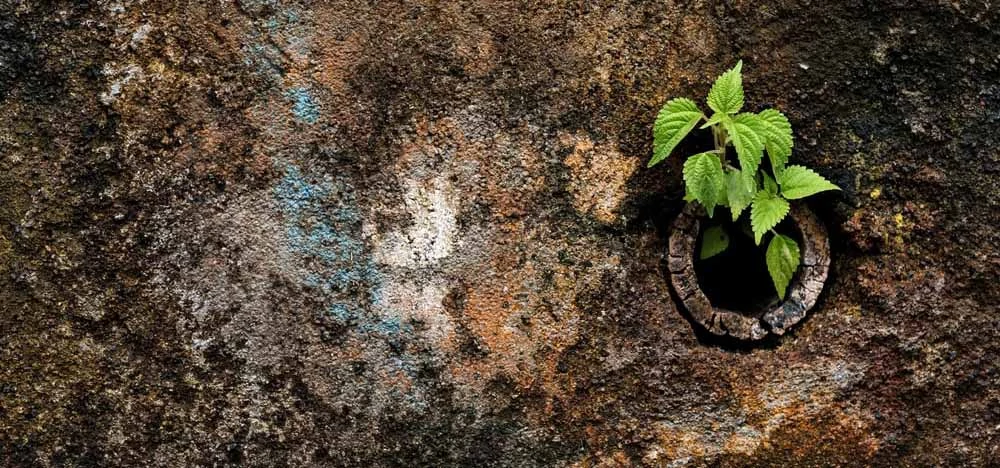By Lynea Gillen
Back when I was first learning about trauma’s impact and the possibilities of healing, I often saw the negative consequences of childhood trauma pushed to center stage: addictive and other self-destructive behaviors, worse education and employment prospects, depression, diabetes, asthma, cancer, early death.
While it’s true that there’s a correlation between such outcomes and higher ACE scores, the experience of trauma doesn’t necessarily fate them into being. Yet the focus on them can actually make things worse for a traumatized person. Not only do I have to deal with my trauma, the thinking goes; now I’ll be suffering in all these other ways, too.
It’s enough to drive a person toward those self-destructive behaviors – drinking, using, or otherwise binging more: If it’s going to be a short life, might as well enjoy it while it lasts! Talk about a self-fulfilling prophecy!
Yet in all my years of working with young clients, it’s not the degree of harm that’s stood out. It’s been the compassion, creativity, strength, and resilience I witness them expressing time and time again.
The Reality of Post-Traumatic Growth
One boy I worked with came from a family in which trauma was endemic. At the time, he was living in a car and hoping to find care for his ill father. When I asked one day what he would do if he found $10,000, he surprised me by saying that he would give it back.
“What if you couldn’t find who it belonged to?” I asked.
“I’d give $9000 of it away,” he said, “to help my friends and neighbors.”

They’re also emblematic of what’s now known as post-traumatic growth – the positive change experienced as a result of struggle with a major life crisis or a traumatic event. More than mere resilience, it’s a psychological transformation through the search for a purpose to the pain.
“Make no doubt,” notes psychologist Scott Barry Kaufman,
trauma shakes up our world and forces us to take another look at our cherished goals and dreams. Tedeschi and Calhoun use the metaphor of the seismic earthquake: we tend to rely on a particular set of beliefs and assumptions about the benevolence and controllability of the world, and traumatic events typically shatter that worldview as we become shaken from our ordinary perceptions and are left to rebuild ourselves and our worlds.
Supporting that process is at the heart of the strength-based approach to dealing with trauma that we teach. It’s not about ignoring or somehow rising above the trauma but acknowledging it while recognizing the opportunity it presents to grow. We’ve seen it manifest in things like
- A greater appreciation of life.
- Better personal relationships.
- More compassion and altruism.
- Finding new possibilities or a new sense of purpose.
- More awareness of personal strengths.
- Creative growth.
- Greater emotional strength and resilience.
- An increased sense of spiritual connection.
It Isn’t All Trauma Inside
Having experienced a great deal of trauma in early life myself, I’m often aware of the way that these experiences have shaped who I am today. More than a few times, people have asked how I remain as positive and optimistic as I am – “in spite of the trauma,” they might add. Yet those very qualities are among those that emerged from my struggle to make sense of what I had experienced as a young child.
Something happens when we face a difficult experience. In facing it, we find that we are stronger than we ever imagined, and a deeper understanding is born. Because of that, I’m able to see the strength in my young clients and help them see it and embrace it, as well.

Gain Tools & Strategies for Working with Trauma
Another benefit of the kind of strength-based approach I’ve been describing is that it’s readily combined with body-based interventions like TRE. That’s an ideal combo in my book, and one I’ll be teaching with David Berceli in our next workshop, a live online event scheduled for November 6-7. David offers another good example of someone who has experienced post-traumatic growth.
If you’re unfamiliar with TRE – which is also a wonderful tool for helping people live more fully in their bodies – I invite you to join David and me for a 1½ hour introductory webinar on October 6 for a taste of this approach.





